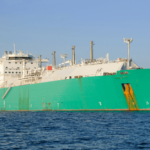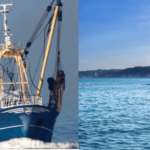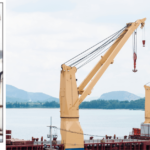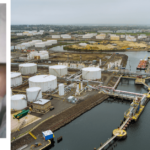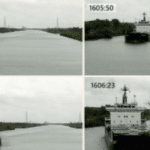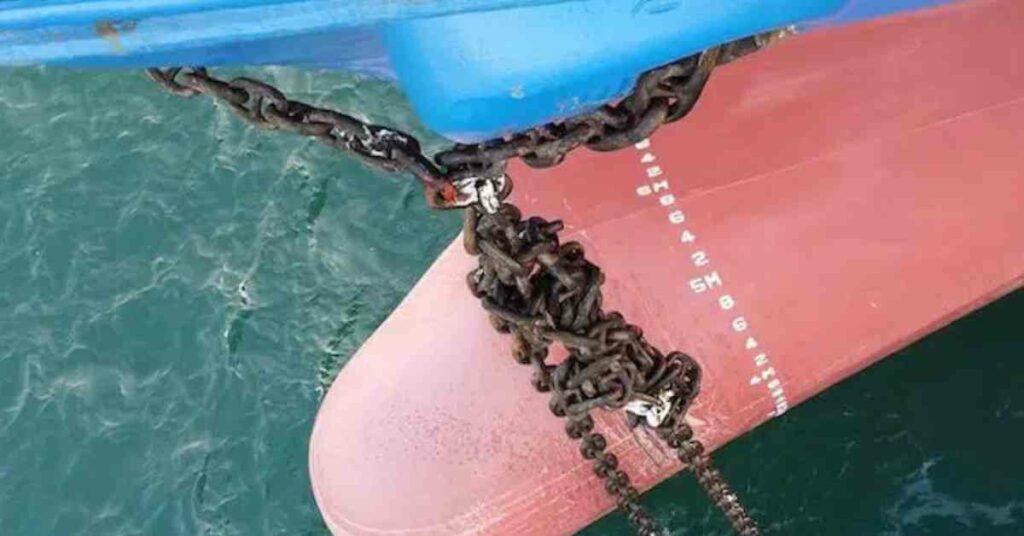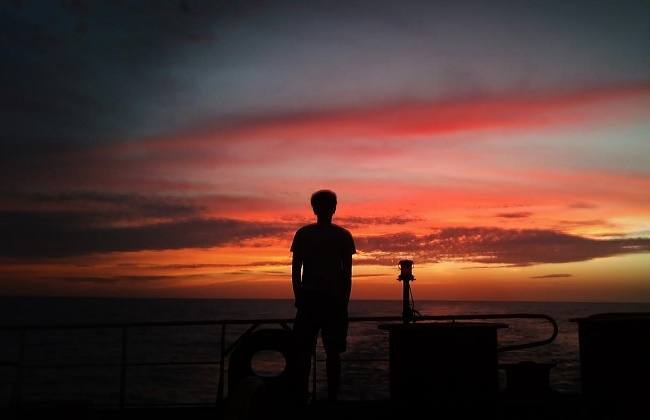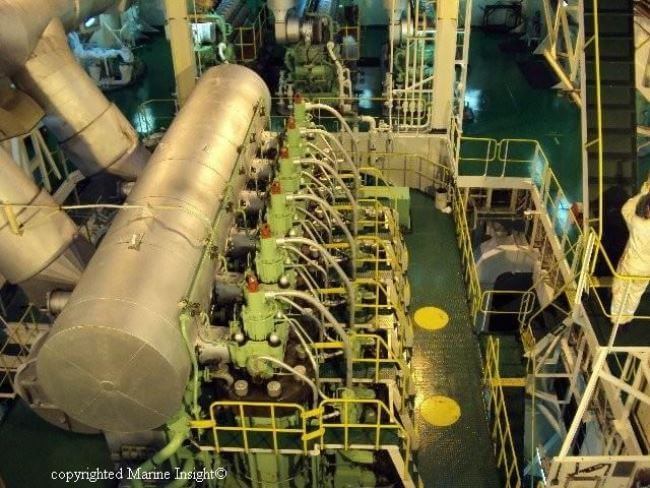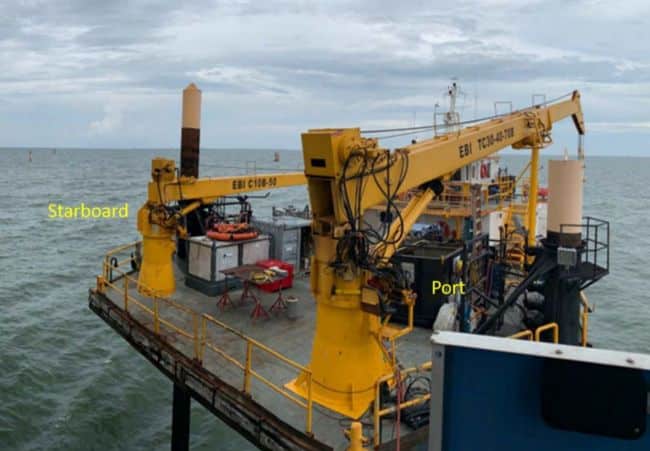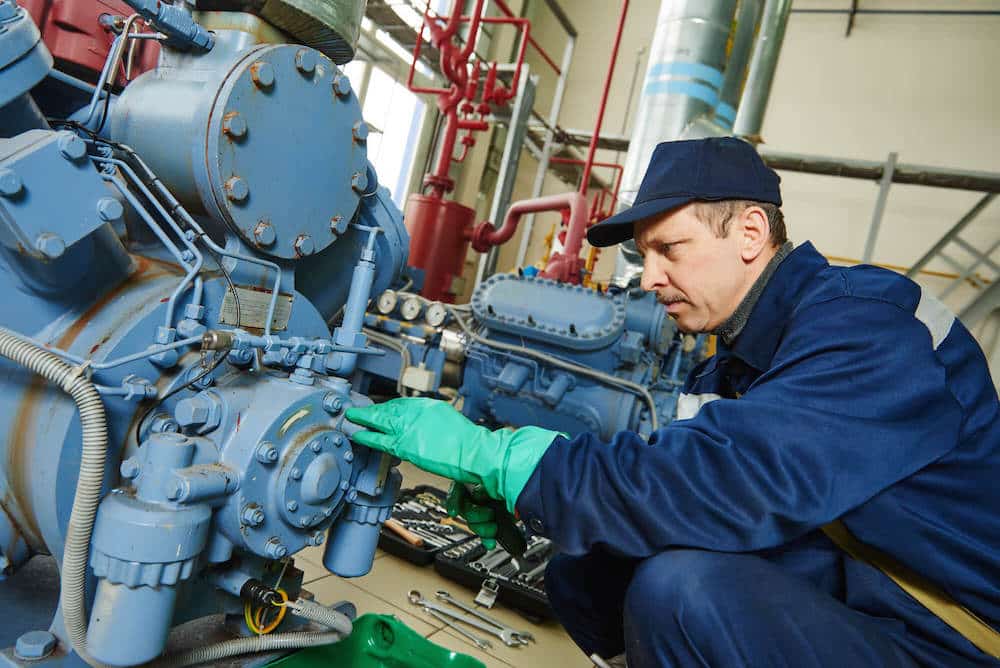Case Study: Deadly Fall Into Water While Rigging Accommodation Ladder
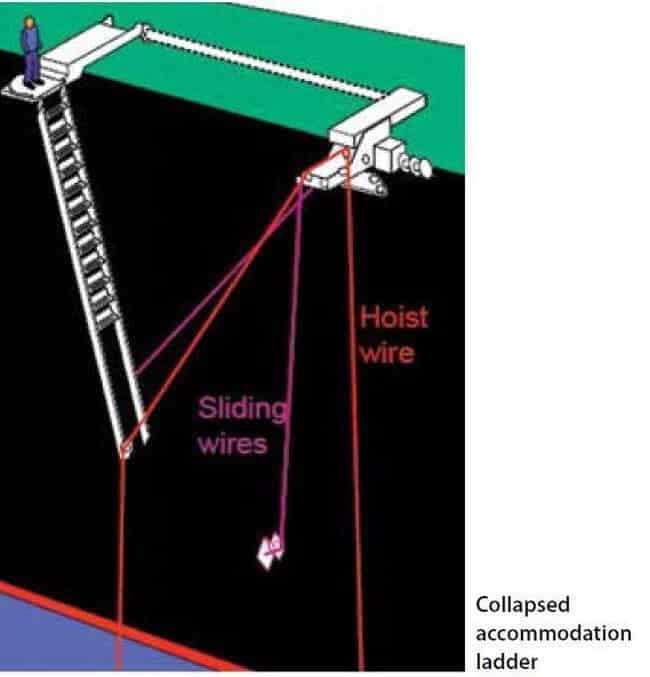
An inbound container vessel had just picked up the pilot. Two crew were on the upper deck preparing the port accommodation ladder prior to mustering at their mooring stations. Although they had brought two life vests on deck with them, these floatation devices stayed on the deck as they went about their work.
The hoist winch was tested by lowering the accommodation ladder approximately 1 metre and then slightly raising it. It was then lowered approximately 3 metres to allow a crew member to walk under the davit frame. A crew member stepped on to the upper platform and proceeded to the lower end where he rigged a section of collapsible handrails. He then went to the lower platform to make the rails secure while another crew member secured the safety ropes around the upper platform.
Suddenly, a loud bang was heard followed by a whirring sound as the ladder fell rapidly towards the sea. The lower ladder broke away and fell into the water, taking the attending crew member with it. The upper
section of the ladder was left hanging vertically down from its upper platform hinges with the hoist wire dangling from the davit.
A crew member alerted the bridge via VHF radio and then ran aft to look for the victim over the stern. A tug was close by, but there was no sign of the victim. The vessel was in the relatively confined waters of the port and making between 5 and 6 knots through the water. One of the attending tugs and the pilot boat were assigned to look for the victim, as the vessel was constrained by the restricted water. The victim was spotted about half a metre below the surface of the water and recovered by the pilot boat crew some 10 to 15 minutes after the event, but there were no signs of life.
The subsequent autopsy determined the cause of death to be ‘drowning with blunt force injuries’. The victim had suffered blunt force injuries to his head, neck, chest, back, abdomen and legs, resulting in a broken right femur, fractured ribs, multiple bruising and abrasions. These injuries were not considered to be fatal.
Lessons learned
- Accommodation ladder failures, although rare, are certainly not unheard of and numerous lives have been lost as a result. Risks involved in rigging and securing accommodation ladders should be duly accounted for.
- As in several of the MARS reports in this issue, the attending crew did not take basic precautions such as using fall protection and donning a PFD. The lack of these precautions cannot be solely attributed to the crew. The company and vessel leadership must also bear responsibility.
- The failure in this case to release the lifebuoys and smoke floats once the victim was in the water was particularly significant. It denied the ships involved in the search a visible reference, and also potentially denied the victim the buoyancy he required to remain afloat.
Reference: nautinst.org
Do you have info to share with us ? Suggest a correction
About Author
Marine Insight News Network is a premier source for up-to-date, comprehensive, and insightful coverage of the maritime industry. Dedicated to offering the latest news, trends, and analyses in shipping, marine technology, regulations, and global maritime affairs, Marine Insight News Network prides itself on delivering accurate, engaging, and relevant information.

About Author
Marine Insight News Network is a premier source for up-to-date, comprehensive, and insightful coverage of the maritime industry. Dedicated to offering the latest news, trends, and analyses in shipping, marine technology, regulations, and global maritime affairs, Marine Insight News Network prides itself on delivering accurate, engaging, and relevant information.
- Real Life Incidents: Near Miss In Open Water And Good Visibility
- Real Life Incident: Poor Situational Awareness Leads to Collision
- Real Life Incident: Monkey’s Fist Knocks on Office Window
- Real Life Incident: Paint Storage Slip-Up On Ship
- Real Life Incident: Checklist Mentality Is A Burning Problem
- Real Life Incident: Vessel Speed Exacerbates Bank Suction
Latest Case studies Articles You Would Like:
Subscribe To Our Newsletters
By subscribing, you agree to our Privacy Policy and may receive occasional deal communications; you can unsubscribe anytime.




